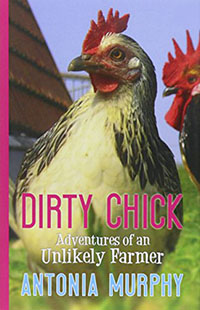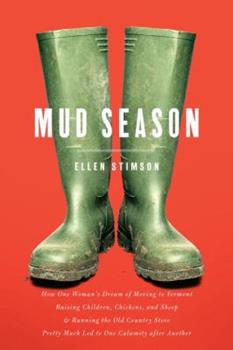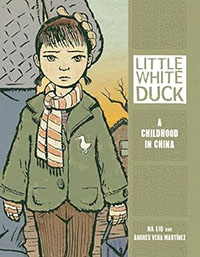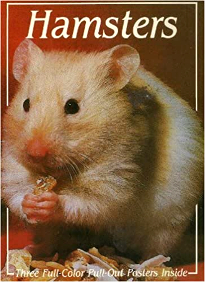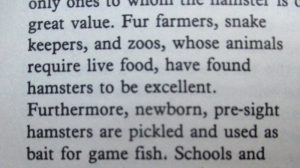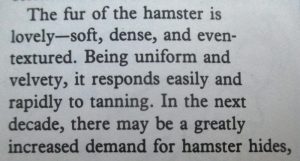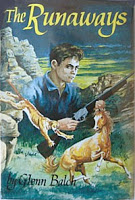About a young couple who love to sail, end up in New Zealand, and decide to stay. They had a few acres of land- at first a rented place, then later manage to buy their own. Start out by taking care of other peoples’ animals- an elderly dog, a few cats and chickens. Things do not go well from the start, from diseases attacking the hens, and a duck assaulting them repeatedly until one dies. Not at all for the faint of heart, full of disgusting descriptions of all kinds of things that can go wrong with livestock keeping- from terribly cute alpacas that spit deadly green goo at anyone they dislike, to sheep that need their butts shaved to prevent maggots from burrowing in, to midwifing a goat that eats her own placenta (normal, but rather gross the way it’s described). And just more from then on. I cringed at parts, was astonished and laughed out loud at others. Oh, and the descriptions of cheese-making attempts in this book, have made me not want to eat that product for a very long time. And there were some details about their neighbors, learning about the local culture- I did wish for a bit more of that, whereas usually I’m more keen on reading about the animals. This one was mostly focused on their children, and how they kept accumulating animals, learning to care for them, dealing with all the messiness and trials that includes. Goats, chickens, alpacas, cows, sheep. They drew the line at pigs after the husband helped someone else castrate a bunch of piglets. No go. Too much poop flinging for my taste.
Exacerbated by two little kids, one who talks easily about death and gross things, the other who suffers from seizures no doctors can find the cause. It’s sad to read about how they struggled to find treatment for their son, while accepting him for who he was and finding him a place in the coummnity. A bit alarming how much they let their kids just roam around- reminded me of the Slacker Mom, ha. Other books this brought to mind: the Bucolic Plague and Once Upon a Flock and The Dirty Life. I know there’s others, about raising chickens and taking up farming late in life, but can’t think of them now.
Had a recent knock to my health, doing some reading as I recuperate but not very keen on the writing right now- screens give me awful nausea and headache at the moment. So when I do manage to get on here a post something (so as not to forget what I’ve been reading) it will be short and to the point, for a while . . .
Borrowed from the public library.
